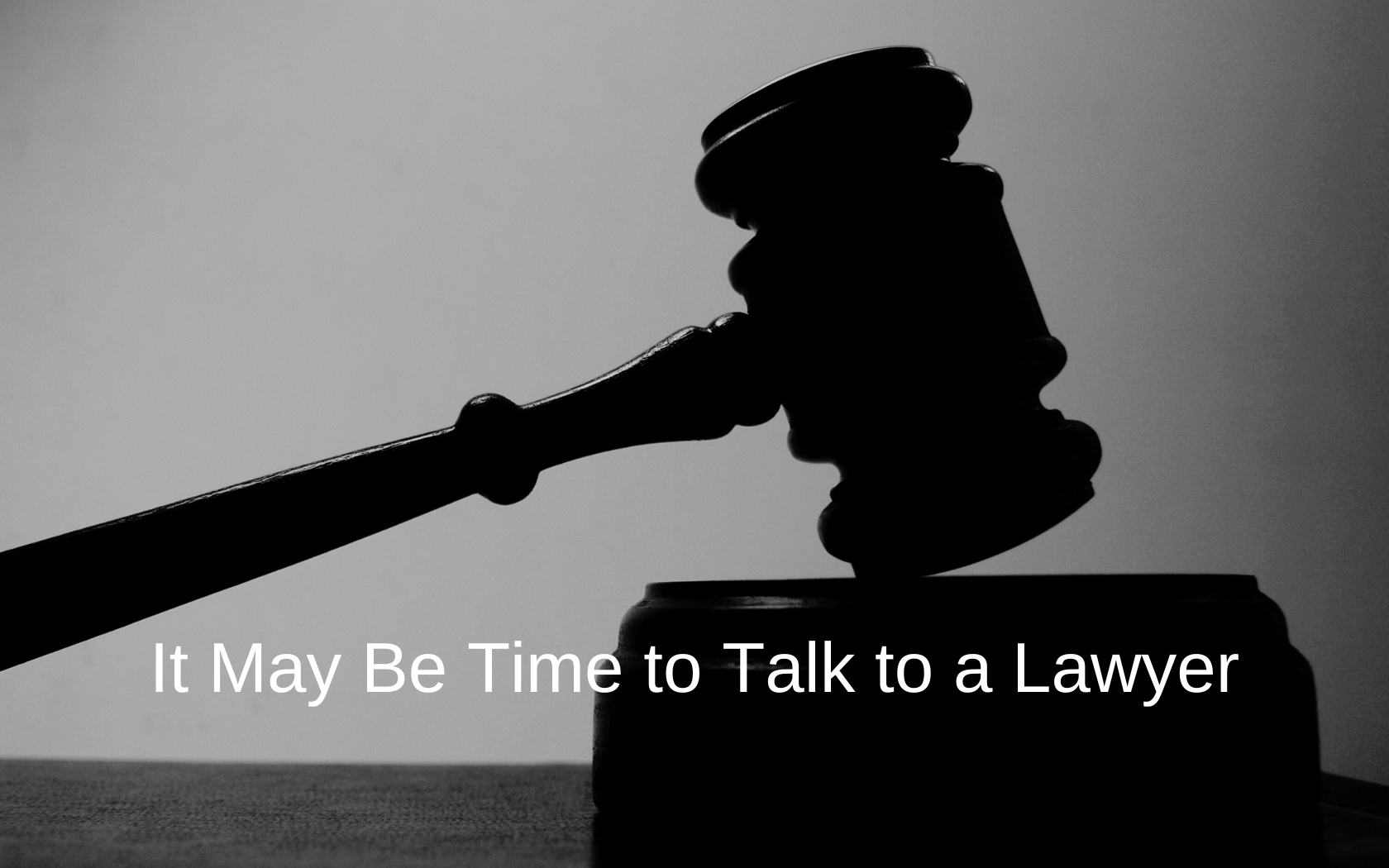Finally…the baby’s out! For a mother who just gave birth, it’s such a relief for labor to be over. But wait! There’s still one phase of labor left: placental delivery. It may seem insignificant, but delivering the placenta is extremely important. Why? A retained placenta can be a danger to the mother’s health.
Most of the time, doctors detect it and remove it quickly without incident. When they don’t, it spells trouble, and maybe even a future lawsuit. Can you sue for retained placenta? You’ll find the answer to that question and more below.

What is Retained Placenta?
Retained placenta is a medical condition that can occur after childbirth. It happens when the placenta or parts of it remain inside the uterus instead of being expelled.
Normally, after a woman gives birth, the uterus contracts to help detach the placenta from the uterine wall. This should happen within 30 minutes after the baby is born. If it doesn’t, doctors diagnose the mother with retained placenta. Then they prescribe treatment, which usually involves:
- Medication to trigger contractions so the uterus can expel the rest of the placenta
- Manual/surgical removal of the placental remains
During pregnancy, the placenta is a vital organ. It provides oxygen and nutrients to the developing fetus. But after the baby has left the womb, it’s no longer vital. Its presence is not only unnecessary but dangerous.
Retained placenta only occurs in about 1-3% of all pregnancies. So it’s not very common.
Types of Retained Placenta
There are two main types of retained placenta:
- Complete: The entire placenta remains inside the uterus after childbirth.
- Partial: Only a part of the placenta remains inside the uterus after childbirth.
As you might guess, complete retention is more serious. But both types can cause infection and bleeding, and require immediate medical attention.
There are also a few different classifications of retained placenta based on why it “gets retained”:
- Placenta Accretas: The placenta’s blood vessels grow too deeply into the uterine wall. This makes it challenging for the placenta to separate during delivery.
- Placenta Adherens: Contractions aren’t strong enough to get the placenta out.
- Trapped Placenta: The placenta detaches, but gets trapped behind a closed cervix

Signs to Watch Out For
When a piece of the placenta overstays its welcome, the body will voice its unconformity loud and clear. Signs of retention include:
- Prolonged bleeding (beyond normal postpartum bleeding, called lochia)
- Uterine atony (Uterus doesn’t contract properly, so it becomes soft and enlarged)
- Abdominal pain or discomfort
- Fever and chills (Placental remains can cause infection, which leads to symptoms like fever and chills)
- Foul-smelling discharge (This is another result of infection)
- Delayed milk production
- Elevated heart rate
If you experience any of these symptoms in the days following birth, contact your doctor right away. Sometimes the signs of retained placenta don’t show up for days, or even weeks.
Complications from Retained Placenta
Doctors should always check the placenta after birth and make sure no parts of it have been left behind. But a tiny amount may go unnoticed. When that happens, a woman might experience complications like the following:
- Infection
- Blood loss
When blood loss or infection are severe, they can be life-threatening. This is why failure to catch and diagnose is a big deal. If your doctor missed the signs and you developed severe complications, you may be able to take legal action.

Can You Sue for Retained Placenta?
The short answer is yes, you can sue.. But you must have solid grounds to do so.
Can you sue for retained placenta? A birth injury lawyer can help answer that question for you, based on the details of your case. But here’s a simplified explanation of what makes a valid case:
- Placenta tissue remained in the uterus after birth
- Your health professional failed to diagnose and/or treat retained placenta, or didn’t handle it properly
- You suffered health complications as a direct result (such as developing a severe infection).
The first step towards finding out whether you can sue is contacting a lawyer. But not just any lawyer. You’ll obtain the best results with a birth injury lawyer. This type of attorney has the experience and medical knowledge needed to handle cases involving retained placenta.
Hampton & King offers initial consultations free of charge. We invite you to send us a message or give us a call, we’re happy to answer your legal questions!




